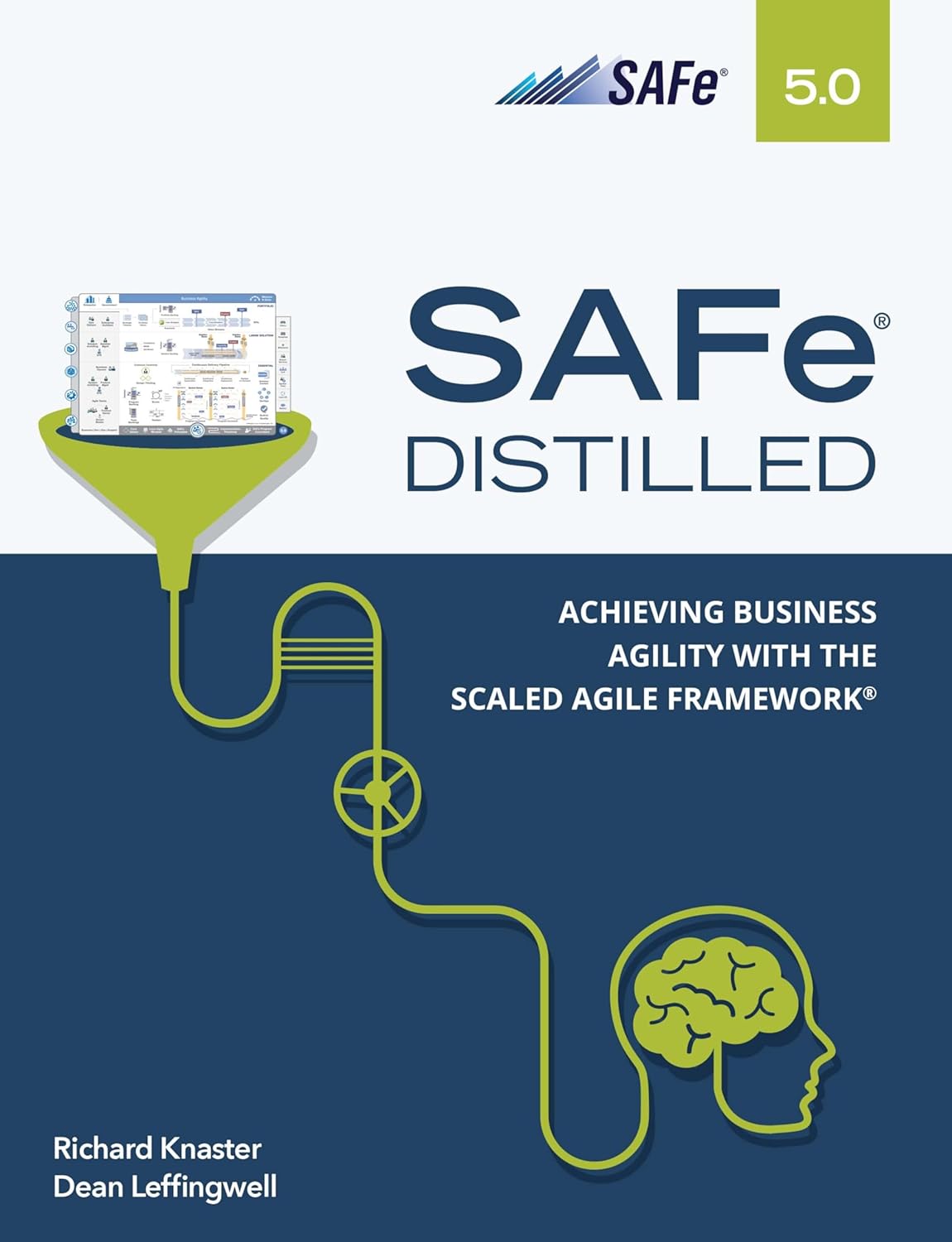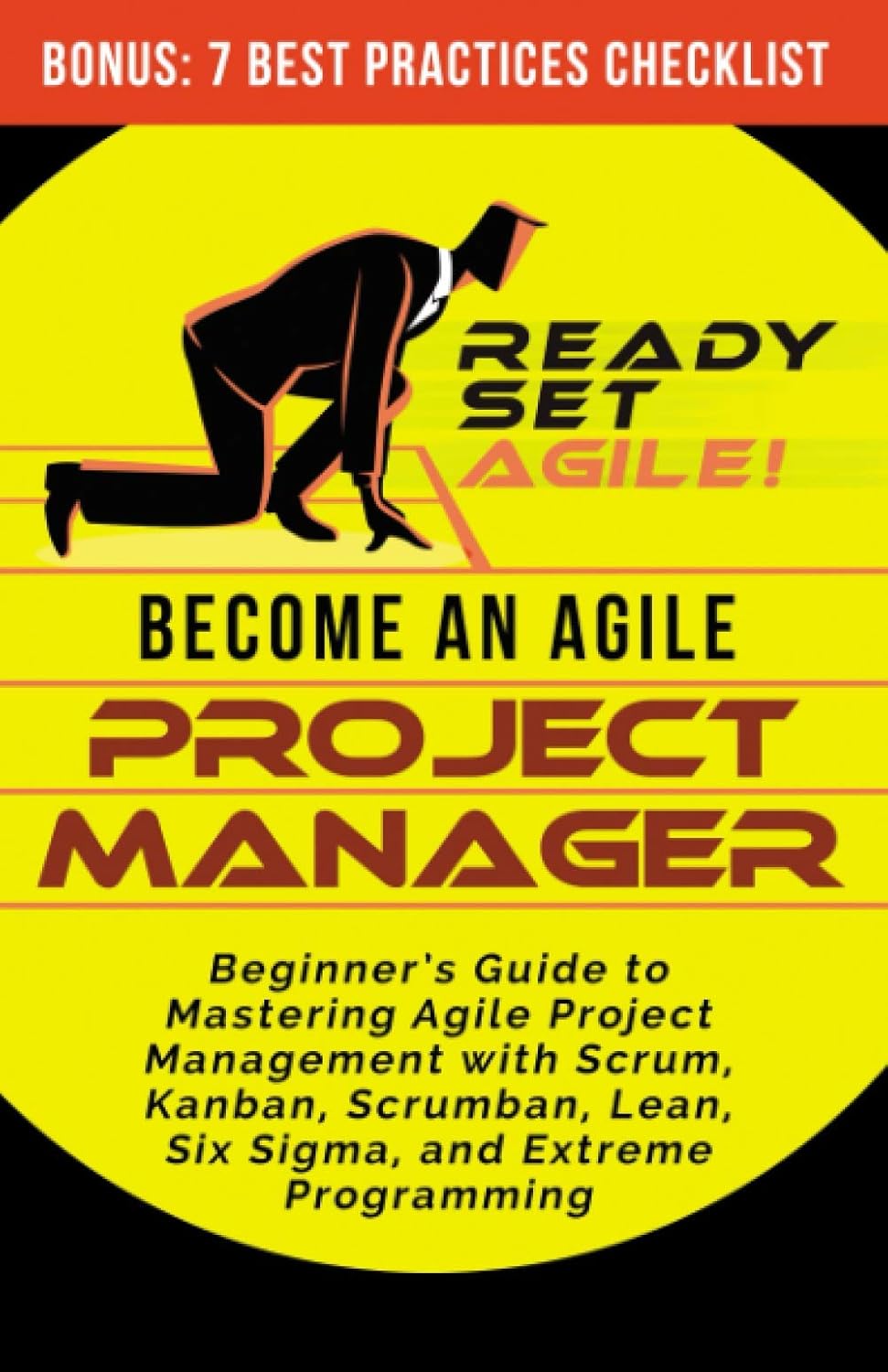
Epic
What is an Epic?
An epic is a large body of work that can be broken down into smaller tasks or user stories. It represents a significant deliverable or initiative requiring time, coordination, and multiple iterations. In agile project management, epics help teams manage complex goals by organizing work at a higher level than individual tasks. They often span multiple sprints and provide a structured way to plan and track progress across broader objectives.
Epics allow teams to focus on strategic goals while working through the details in smaller, manageable parts. They also support better team communication by offering a shared understanding of high-level outcomes. Stakeholders use epics to align their expectations with the development process, ensuring long-term value delivery.
Key Points
- An epic consists of related user stories or tasks contributing to a larger objective.
- It helps teams manage complex work by grouping smaller efforts into a single, overarching goal.
- Epics usually span multiple sprints and may involve several team members or departments.
- Tracking progress through epics provides visibility into how short-term work supports long-term strategy.
- Teams can prioritize and adapt epics as project needs evolve.
Related Terms
- A user story is a short, simple description of a feature or requirement told from the user’s perspective, often nested under an epic.
- A sprint is a fixed-length iteration where teams complete selected tasks or stories that may belong to an epic.
- A backlog is a prioritized list of work items, including epics and user stories, that guides development.
- A roadmap outlines the planned development of features or epics over time to align work with business goals.
- A feature, a specific function or capability of a product, may be detailed within an epic.
Epic: Example
A software company wants to improve the onboarding experience for new users. The epic might be titled “Revamp User Onboarding.” Within this epic, the team creates user stories such as redesigning the welcome page, adding tutorial videos, and simplifying the sign-up process. Each story is tackled in different sprints, contributing to the epic’s overall goal.
Epic: Best Practices
- Define the goal of the epic clearly to ensure alignment among all stakeholders.
- Break the epic into manageable stories that the team can complete within individual sprints.
- Regularly review and refine the epic as the project progresses or requirements change.
- Prioritize stories within the epic based on user value and implementation effort.
- Use the epic to communicate broader project goals and track cumulative progress.
Additional Resources
Preparing for a PMI certification?
- Exam Prep Courses: PMP®, CAPM®, and PMI-ACP®
- Exam Simulators: PMP®, CAPM®, PMI-ACP®, PMI-PBA®, PMI-RMP®, PMI-SP®, PgMP®, and PfMP®
- Professional Development Units (PDUs): 15, 30, and 60 PDU Bundles




